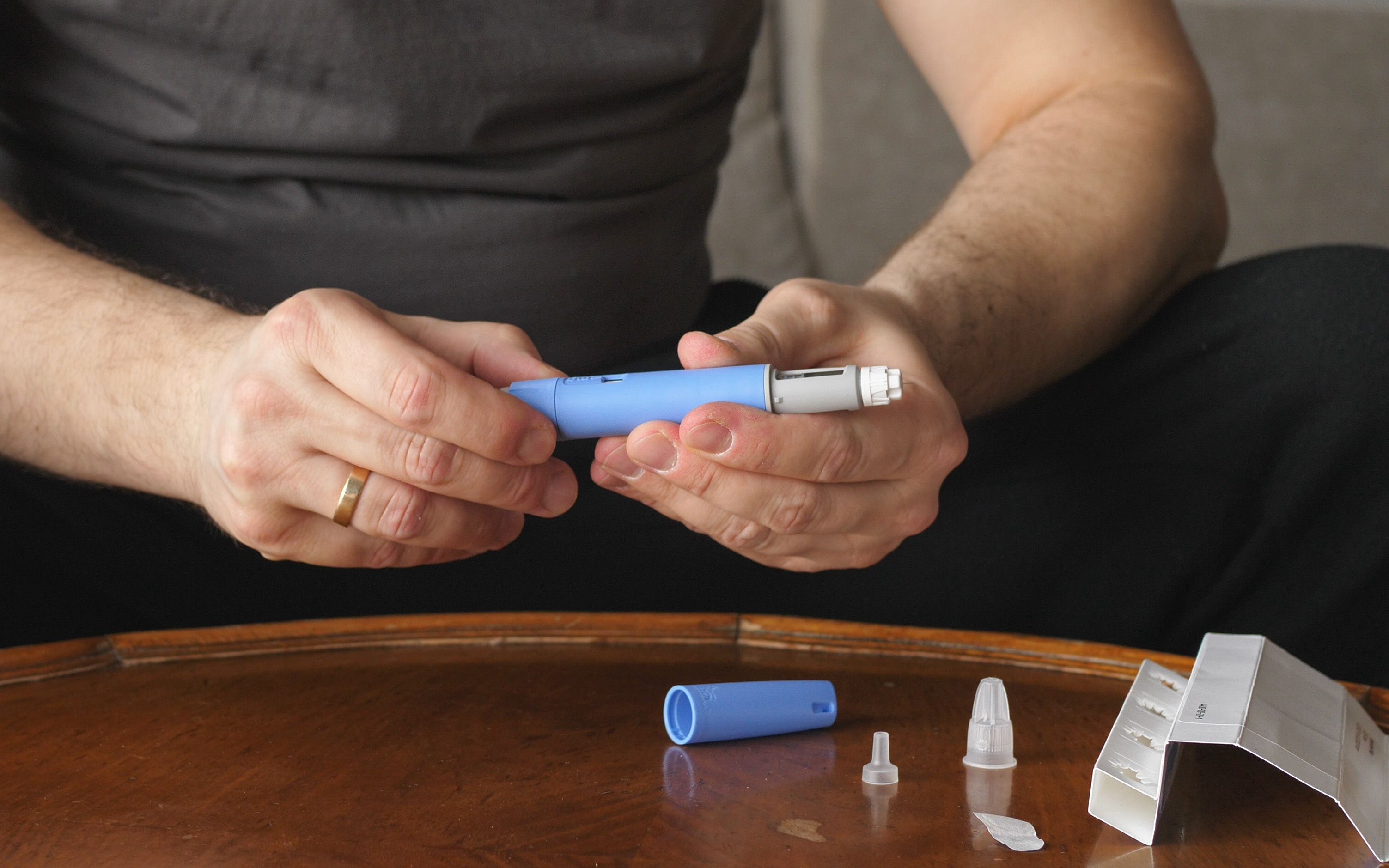- Case-Based Roundtable
- General Dermatology
- Eczema
- Chronic Hand Eczema
- Alopecia
- Aesthetics
- Vitiligo
- COVID-19
- Actinic Keratosis
- Precision Medicine and Biologics
- Rare Disease
- Wound Care
- Rosacea
- Psoriasis
- Psoriatic Arthritis
- Atopic Dermatitis
- Melasma
- NP and PA
- Skin Cancer
- Hidradenitis Suppurativa
- Drug Watch
- Pigmentary Disorders
- Acne
- Pediatric Dermatology
- Practice Management
- Prurigo Nodularis
- Buy-and-Bill
Article
Hybrid resurfacing technologies deliver with less downtime
Rather than being a one-time treatment, she adds that Fraxel's anufacturer — and most doctors who use the technology — recommend a series of three to five treatments.

The Fraxel laser (Reliant Technologies) represents the most popular new resurfacing option to date, says Ranella J. Hirsch, M.D., a Boston-based cosmetic dermatologist in private practice and American Society of Cosmetic Dermatology and Aesthetic Surgery board member.
Laser technology
"Fraxel creates these 100 µ diameter, specific and very minimal wounds which are surrounded by a periphery of healthy tissue," Dr. Hirsch explains. "Therefore, it leaves many of the stem cells and melanocytes in the papillary dermis alone. Because of that, one gets markedly faster healing."
With CO2 laser resurfacing, Dr. Hirsch says, "There's typically several weeks of oozing, crusting and profound redness, followed by several months of redness."
With Fraxel, however, downtime lasts at most only a few days. Dr. Hirsch says, "The Fraxel procedure is not intended to replace true ablative resurfacing. It doesn't provide the same kind of intense results for deeper rhytids."
Rather than being a one-time treatment, she adds that Fraxel's manufacturer - and most doctors who use the technology - recommend a series of three to five treatments.
"The idea is to achieve mild tightening over time, and textural improvement. And it is most impressive for actinic bronzing," she says.
Dr. Hirsch says Fraxel represents a hybrid between ablative and nonablative resurfacing. With Fraxel, "One is not breaking the skin - that's the whole point. So by definition, it's not ablative. But at the same time, it's not promising to do what a CO2 laser does."
Plasma energy
Conversely, the Portrait PSR (Rhytec) uses non-contact millisecond pulses of nitrogen plasma energy and leaves the epithelium intact immediately after treatment to protect and speed healing, according to its manufacturer.
"It's not a laser," Dr. Hirsch says. "It uses a gas to create a plasma that then goes into the skin, achieving accurate and specific tissue ablation. It basically achieves a hybrid between ablative and non-ablative rejuvenation" characterized by a regeneration of the epidermis and quick recovery time.
With Fraxel, Dr. Hirsch says, "The claim of minimal downtime is accurate. There's been a lot of enthusiasm about how well it works with pigment, but the reception has been more mixed for how it performs with deep wrinkles. However, patient satisfaction is very high."
More options
Palomar Medical Technologies recently announced it would be marketing a fractional IPL device (the LuxIR Fractional Infrared handpiece). For skin tightening, the Titan (Cutera) and ThermaCool™ (Thermage Inc.) already are available.
"Palomar will further expand the fractional mode, where they've really refined the technology a little bit further. This idea of very targeted delivery with protection of the epidermis as a biological wound dressing is where things are going in the future," Dr. Hirsch says.
At the same time, Dr. Hirsch says she sees a growing role for newer aesthetic technology in treating diseases. In July 2005, for instance, Fraxel earned Food and Drug Administration (FDA) approval for treating melasma.





